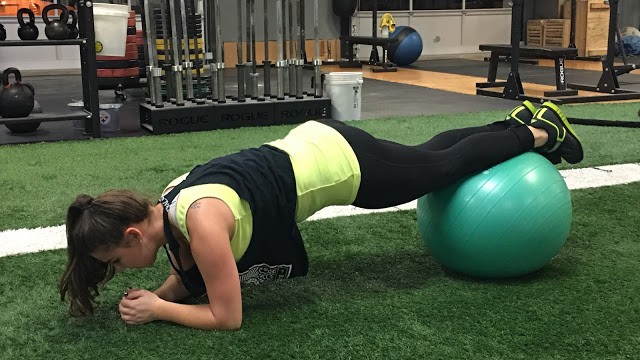Core stability training has made a huge impact on how we train our midsection for health and performance; however, just like anything in the fitness industry, it can be taken too far!
The Problem With Core Stability
Characterized by learning how to properly move at the hips and upper extremities while keeping the spine rigid, this notion of "anti" core training has good intentions. Popularized by Dr. Stuart McGill, they are fantastic for those in both the rehabilitation and performance worlds.
The landmine barbell torque is a great anti-rotation core stability drill. Notice how the torso remains stable as the arms move the weight.
Here's the problem. Somewhere along the line with the rise of core stability training, came the idea that we should completely STOP doing rotational core exercises. What gives?
The last time I checked, the torso does actually have the capability to rotate and does so quite frequently everyday both on and off the field. What happens when we tell our clients and patients that "anti" core stability training is the preferred way to train the core?
Fear Avoidance of Core Mobility
While these "anti" core stability exercises have their place, as with anything, proper education is KEY. If you are a coach or therapist who is prescribing them with the rationale that they are "safer" and "better" for your spine, you might want to reconsider this. In fact, using this language can easily lead to a fear avoidance behavior.
Suddenly, people are afraid to twist or bend at their spine and they're hip hinging any time they need to bend down during the day in fear of hurting their back...because the core isn't supposed to move right? The hips are!...wrong.
Here's the truth. Barring any serious contraindications, core MOBILITY is pivotal for optimal daily living and sports performance, so let’s train it! Exercises such as reverse crunches, cable chops, and medicine ball throws will train core mobility to promote both movement fluidity and increase performance!
The reverse crunch is a great movement to train the anterior core...and it actually involves MOVING at the spine! (gasp)
Conclusion
"Anti"core training has its place. In fact, I program these drills for both myself and nearly all of my clients, and they are a vital component of my online training program. However, they aren't the end all be all of core training.
When prescribing these exercises, be sure that your language does not create a fear of moving at the core. A strong, functioning core can both stabilize AND move for optimal function and performance!

